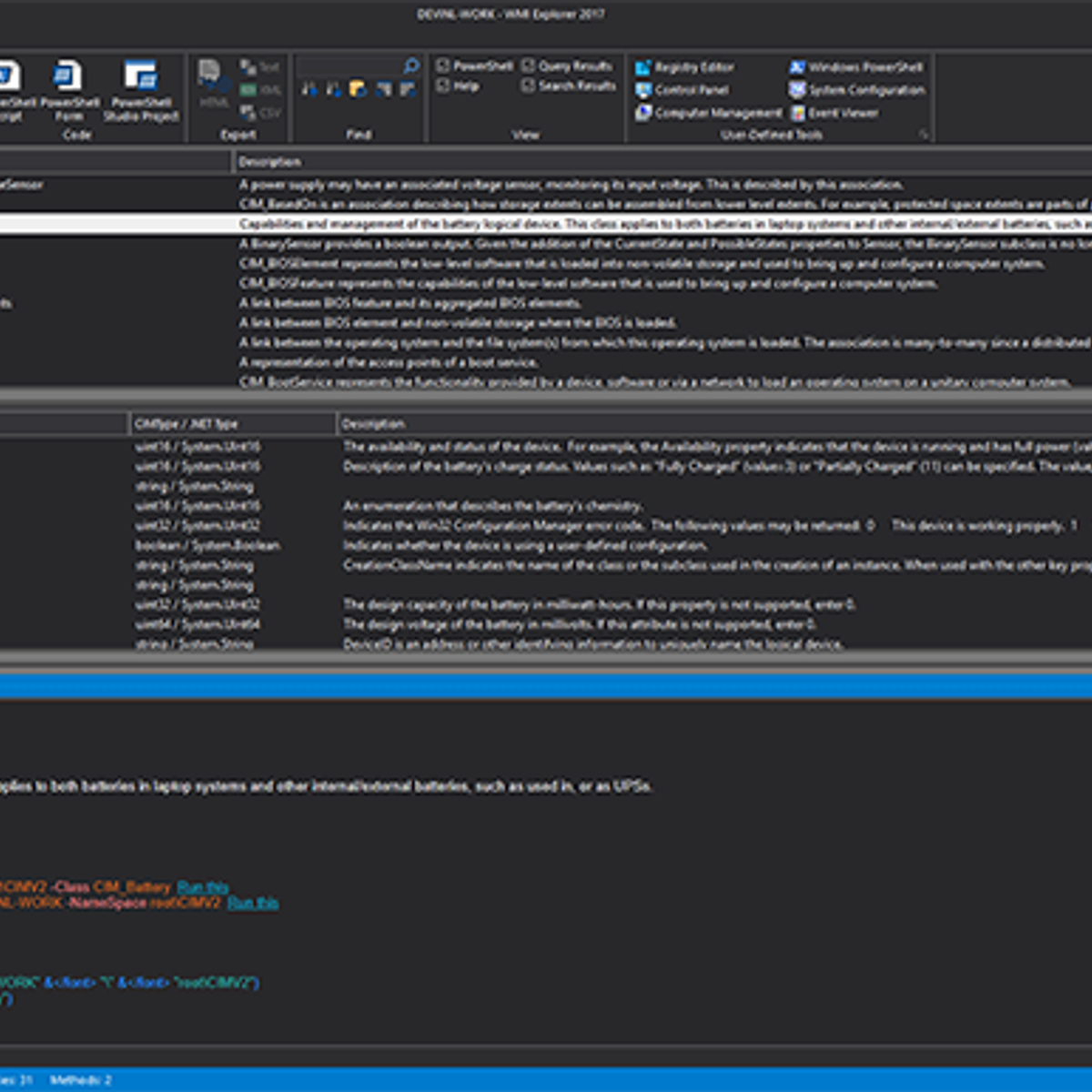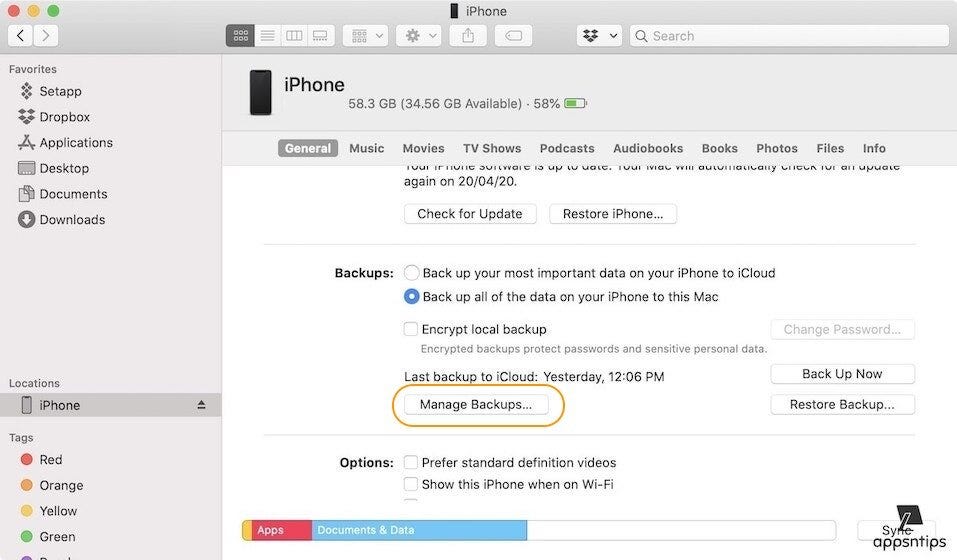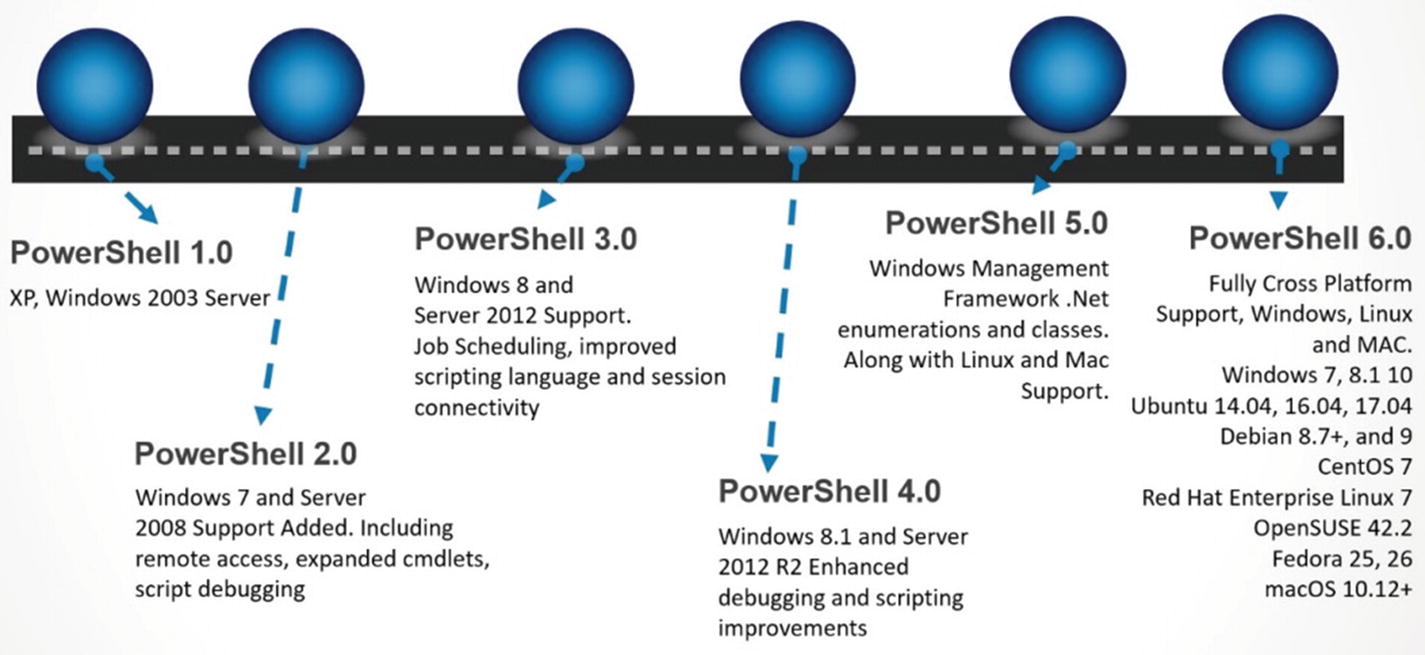- Wmi Equivalent For Mac High Sierra
- Wmi Equivalent For Mac Shortcut
- Wmi Equivalent For Mac Os
- Wmi Equivalent For Macs
VIR, WMI and MAC special table types. The Nodir option (Windows) The Boolean Nodir option can be set to false (0 or no) to add directories that match the file name pattern from the listed files (it is true by default). WMI classes or methods.disable a network connection using WMI? If you are using DHCP, use the Win32NetworkAdapterConfiguration and the ReleaseDHCPLease method to release the IP address. If you are not using DHCP, you cannot use WMI to disable a network connection. To re-enable the network connection, use objNetCard.RenewDHCPLease. But SNMP has some significant differences from WMI, and there are a lot of WMI features that SNMP doesn't support. There is a newer alternative called WBEM (web-based enterprise management). (Coincidentally, WMI is actually the MS implementation of WBEM for Windows.) The OpenPegasus project is an open-source WBEM implementation. 0 The 'Apple Remote Desktop' (ARD) uses WBEM, upon which WMI is built. According to Apple's website, ARD can support system management and reporting capabilities, which is what WMI does for Windows hosts. ARD is based on OpenWBEM. But SNMP has some significant differences from WMI, and there are a lot of WMI features that SNMP doesn't support. There is a newer alternative called WBEM (web-based enterprise management). (Coincidentally, WMI is actually the MS implementation of WBEM for Windows.) The OpenPegasus project is an open-source WBEM implementation.
I like the whole WMI concept, and I could really make use of it under Linux ( in some scripts ). Is there something like that for Linux systems?
Not really. Are you using WMI to get system parameters, or to query processes, or to change configuration, or monitor for system events, or what?The kernel exposes a lot of information and tunable knobs via the /proc and /sys filesystems. No query language, just a organized hierarchy of directories and files. Some of these files are read-only, read-write, or write-only; some of them are pollable.
/sys filesystems. No query language, just a organized hierarchy of directories and files. Some of these files are read-only, read-write, or write-only; some of them are pollable. Some services may have custom clients to query and update configuration on the fly — chrony’s chronyc comes to mind, but even the very most basic init has initctl. Newer services like HAL can be introspected and manipulated over D-Bus.
What Is /proc?
WIKIPEDIA: The proc file system acts as an interface to internal data structures in the kernel. It can be used to obtain information about the system and to change certain kernel parameters at runtime (sysctl).
Before we begin to talk about the proc filesystem as a programming facility, we need need to establish what it actually is. The proc filesystem is a pseudo-filesystem rooted at /proc that contains user-accessible objects that pertain to the runtime state of the kernel and, by extension, the executing processes that run on top of it.
“Pseudo” is used because the proc filesystem exists only as a reflection of the in-memory kernel data structures it displays. This is why most files and directories within /proc are 0 bytes in size.
Broadly speaking, a directory listing of /proc reveals two main file groups. Each numerically named directory within /proc corresponds to the process ID (PID) of a process currently executing on the system. The following line of ls output illustrates this:
Directory 19636 corresponds to PID 19636, a current bash shell session. These per-process directories contain both subdirectories and regular files that further elaborate on the runtime attributes of a given process. The proc(5) manual page discusses these process attributes at length.
The second file group within /proc is the non-numerically named directories and regular files that describe some aspect of kernel operation. As an example, the file /proc/version contains revision information relevant to the running kernel image.
Proc files are either read-only or read-write. The /proc/version file above is an example of a read-only file. Its contents are viewable by way of cat(1), and they remain static while the system is powered up and accessible to users. Read-write files, however, allow for both the display and modification of the runtime state of the kernel. /proc/sys/net/ipv4/ip_forwarding is one such file. Using cat(1) on this file reveals if the system is forwarding IP datagrams between network interfaces–the file contains a 1–or not–the file contains a 0. In echo(1)ing 1 or 0 to this file, that is, writing to the file, we can enable or disable the kernels ability to forward packets without having to build and boot a new kernel image. This works for many other proc files with read-write permissions.

Your Mac provides several tools to help you identify it. The simplest is About This Mac, available by choosing About This Mac from the Apple menu in the upper-left corner of your screen. The other is the System Information app. Learn how to use these tools to identify your Mac.
If you don’t have your Mac or it doesn’t start up, use one of these solutions instead:
- Find the serial number printed on the underside of your Mac, near the regulatory markings. It’s also on the original packaging, next to a barcode label. You can then enter that serial number on the Check Coverage page to find your model.
- The original packaging might also show an Apple part number, such as MGEM2xx/A (“xx” is a variable that differs by country or region). You can match the Apple part number to one in the list below to find your model.
List of Mac mini models

Mac mini models are organized by the year they were introduced, starting with the most recent. Click the model name for detailed technical specifications.
Mac mini models from 2014 and newer can run the latest version of macOS. For older models, the latest compatible operating system is noted.
2020
Mac mini (M1, 2020)
Model Identifier: Macmini9,1
Part Numbers: MGNR3xx/A, MGNT3xx/A
Tech Specs: Mac mini (M1, 2020)
User Guide: Mac mini (M1, 2020)
2018
Mac mini (2018)
Model Identifier: Macmini8,1
Part Numbers: MRTR2xx/A, MRTT2xx/A, MXNF2xx/A, MXNG2xx/A
Tech Specs: Mac mini (2018)
User Guide: Mac mini (2018)
2014
Mac mini (Late 2014)
Model Identifier: Macmini7,1
Part Numbers: MGEM2xx/A, MGEN2xx/A, MGEQ2xx/A
Tech Specs: Mac mini (Late 2014)
User Guide: Mac mini (Late 2014)
2012

Wmi Equivalent For Mac High Sierra
Mac mini (Late 2012)
Model Identifier: Macmini6,1; Macmini6,2
Part Numbers: MD387xx/A; MD388xx/A, MD389xx/A
Newest compatible operating system: macOS Catalina 10.15.7
Tech Specs: Mac mini (Late 2012)
User Guide: Mac mini (Late 2012)
2011
Wmi Equivalent For Mac Shortcut
Mac mini (Mid 2011)
Model Identifier: Macmini5,1; Macmini5,2
Part Numbers: MC815xx/A; MC816xx/A, MC936xx/A
Newest compatible operating system: macOS High Sierra 10.13.6
Tech Specs: Mac mini (Mid 2011)
User Guide: Mac mini (Mid 2011)
2010

Mac mini (Mid 2010)
Model Identifier: Macmini4,1
Part Numbers: MC438xx/A, MC270xx/A
Newest compatible operating system: macOS High Sierra 10.13.6
Tech Specs: Mac mini (Mid 2010)
Wmi Equivalent For Mac Os
2009
Mac mini (Late 2009)
Model Identifier: Macmini3,1
Part Numbers: MC238xx/A, MC239xx/A, MC408xx/A
Newest compatible operating system: OS X El Capitan 10.11.6
Tech Specs: Mac mini (Late 2009)
Wmi Equivalent For Macs
Mac mini (Early 2009)
Model Identifier: Macmini3,1
Part Numbers: MB464xx/A, MB463xx/A
Newest compatible operating system: OS X El Capitan 10.11.6
Tech Specs: Mac mini (Early 2009)